Two compounds X and Y, when dissolved in water, produced sodium bicarbonate. If hydrochloric acid is added to compound 'X', compound Y is liberated. Identify X and Y.
To identify the compounds X and Y based on the information provided, we can follow these steps:
1. Understanding the Reaction:
- We know that when two compounds X and Y are dissolved in water, they produce sodium bicarbonate (NaHCO3).
- The question also states that adding hydrochloric acid (HCl) to compound X liberates compound Y.
2. Identifying Compound X:
- Since sodium bicarbonate is produced, we need to think about what compound can react to form NaHCO3.
- A common compound that can produce sodium bicarbonate when reacted with water is sodium carbonate (Na2CO3).
3. Reaction of Compound X with Hydrochloric Acid:
- When Na2CO3 (compound X) reacts with hydrochloric acid (HCl), the reaction can be written as:
Na2CO3+2HCl→2NaCl+CO2+H2O
- From this reaction, we can see that carbon dioxide (CO2) is liberated as a product, which suggests that compound Y is CO2.
4. Final Identification:
- Therefore, we can conclude that:
- Compound X is sodium carbonate (Na2CO3).
- Compound Y is carbon dioxide (CO2).
Summary:
- Compound X: Sodium Carbonate (Na2CO3)
- Compound Y: Carbon Dioxide (CO2)
- We know that when two compounds X and Y are dissolved in water, they produce sodium bicarbonate (NaHCO3).
- The question also states that adding hydrochloric acid (HCl) to compound X liberates compound Y.
- Since sodium bicarbonate is produced, we need to think about what compound can react to form NaHCO3.
- A common compound that can produce sodium bicarbonate when reacted with water is sodium carbonate (Na2CO3).
- When Na2CO3 (compound X) reacts with hydrochloric acid (HCl), the reaction can be written as:
Na2CO3+2HCl→2NaCl+CO2+H2O
- From this reaction, we can see that carbon dioxide (CO2) is liberated as a product, which suggests that compound Y is CO2.
- Therefore, we can conclude that:
- Compound X is sodium carbonate (Na2CO3).
- Compound Y is carbon dioxide (CO2).
- Compound X: Sodium Carbonate (Na2CO3)
- Compound Y: Carbon Dioxide (CO2)
Topper's Solved these Questions
- BOOK - PEARSON IIT JEE FOUNDATIONCHAPTER - CARBON AND ITS COMPOUNDS EXERCISE - Concept Application Level-310videos
CARBON AND ITS COMPOUNDS
- BOOK - PEARSON IIT JEE FOUNDATIONCHAPTER - CARBON AND ITS COMPOUNDS EXERCISE - Concept Application Level-1 For each of the question, four choices have been provided . Select the correct alternatives.30videos
CARBON AND ITS COMPOUNDS
- BOOK - PEARSON IIT JEE FOUNDATIONCHAPTER - ATOMIC STRUCTUREEXERCISE - Level 310videos
ATOMIC STRUCTURE
- BOOK - PEARSON IIT JEE FOUNDATIONCHAPTER - CHEMICAL EFFECTS OF ELECTRIC CURRENTEXERCISE - TRACK YOUR LEARNING-III1videos
CHEMICAL EFFECTS OF ELECTRIC CURRENT
Similar Questions
Knowledge Check
- Question 1 - Select One

The compound X and Y areA B
B C
C D
D
- Question 2 - Select One

The compounds x an y areA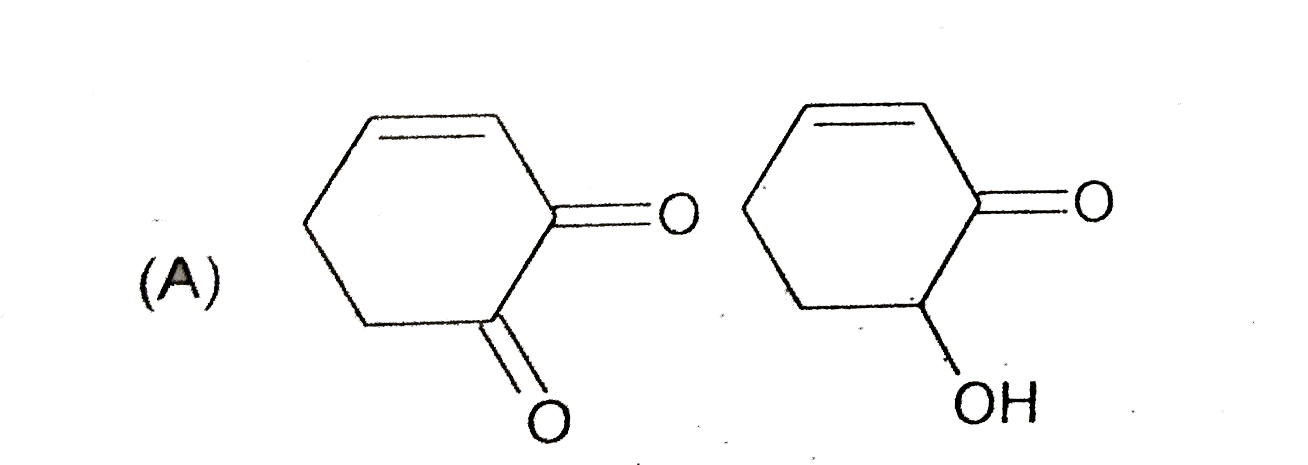 B
B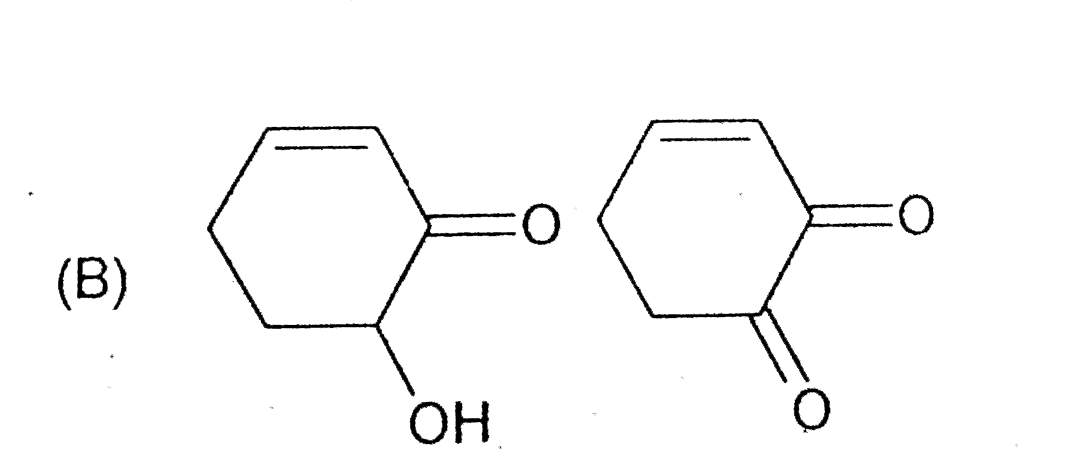 C
C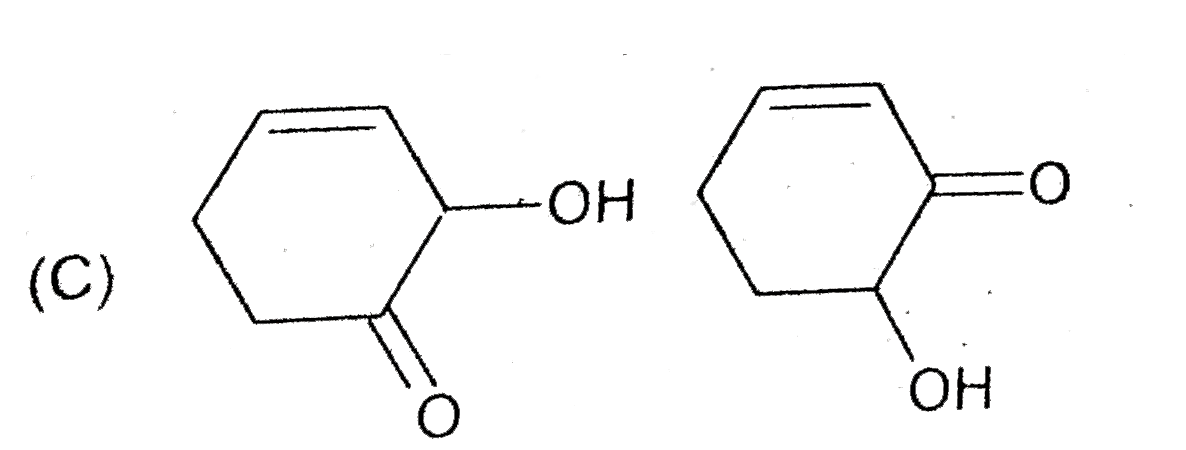 D
D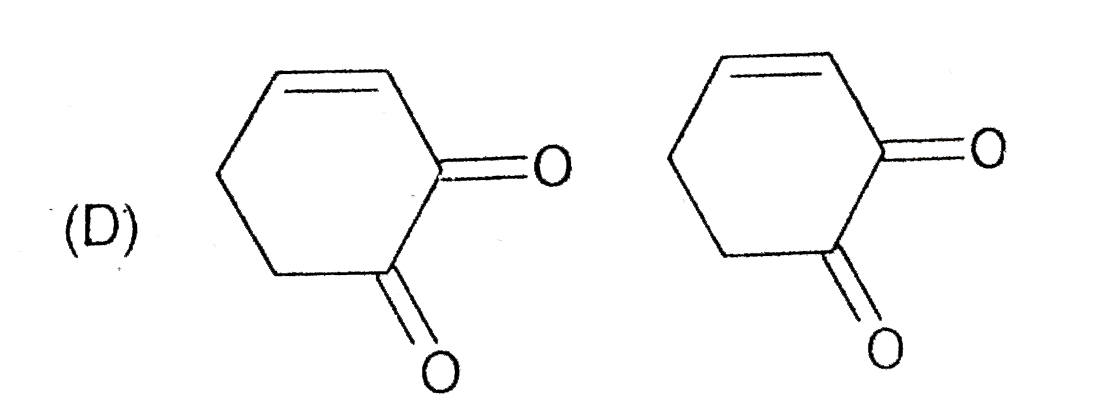
- Question 3 - Select One
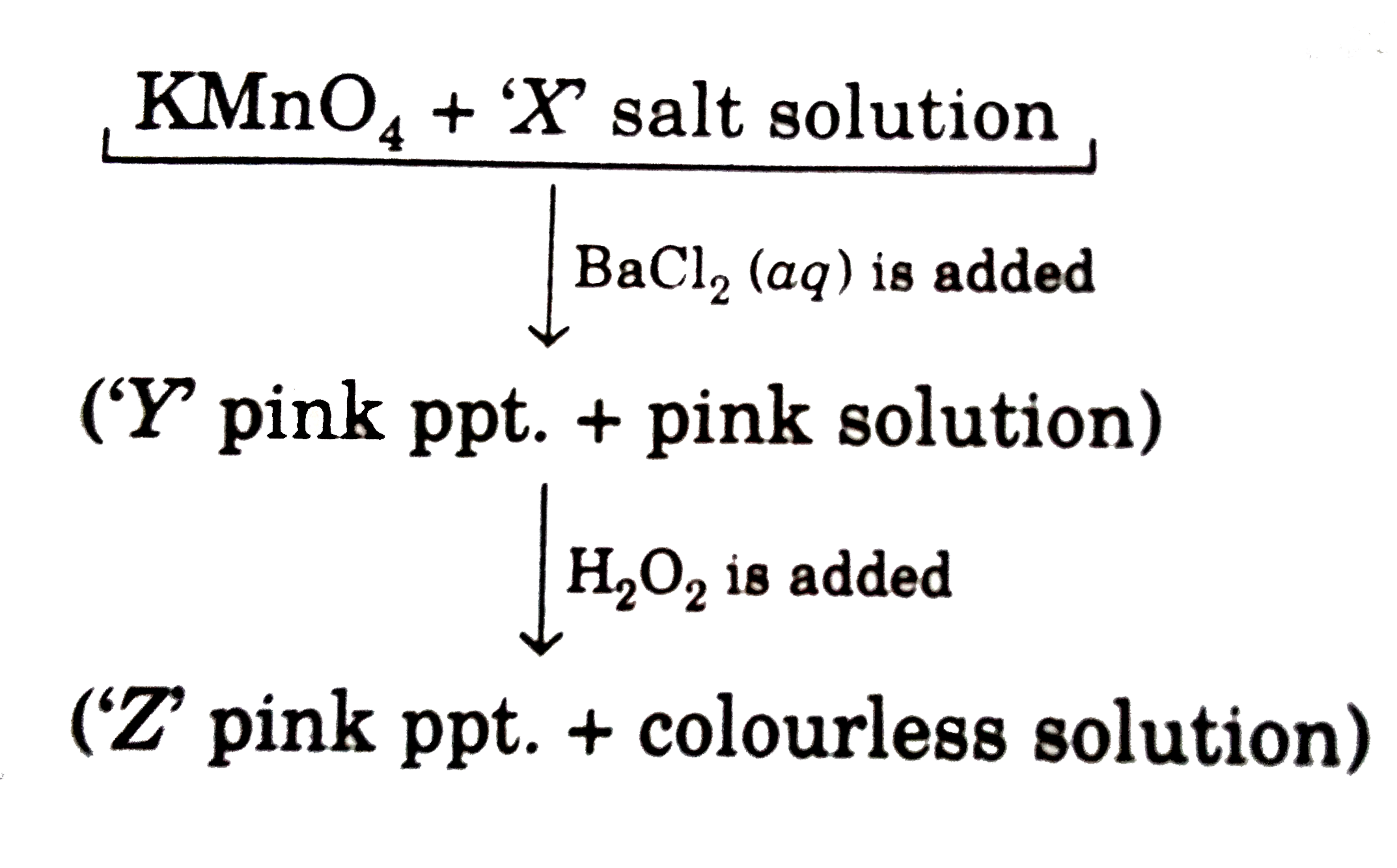
The compound of 'X' and 'Y' may be:ANa2CO3,BaCO3BNa2SO4,BaSO4CNa2S2O3,MnO(OH)2DNa2SO4,(BaSO4+MnO)(OH)2)
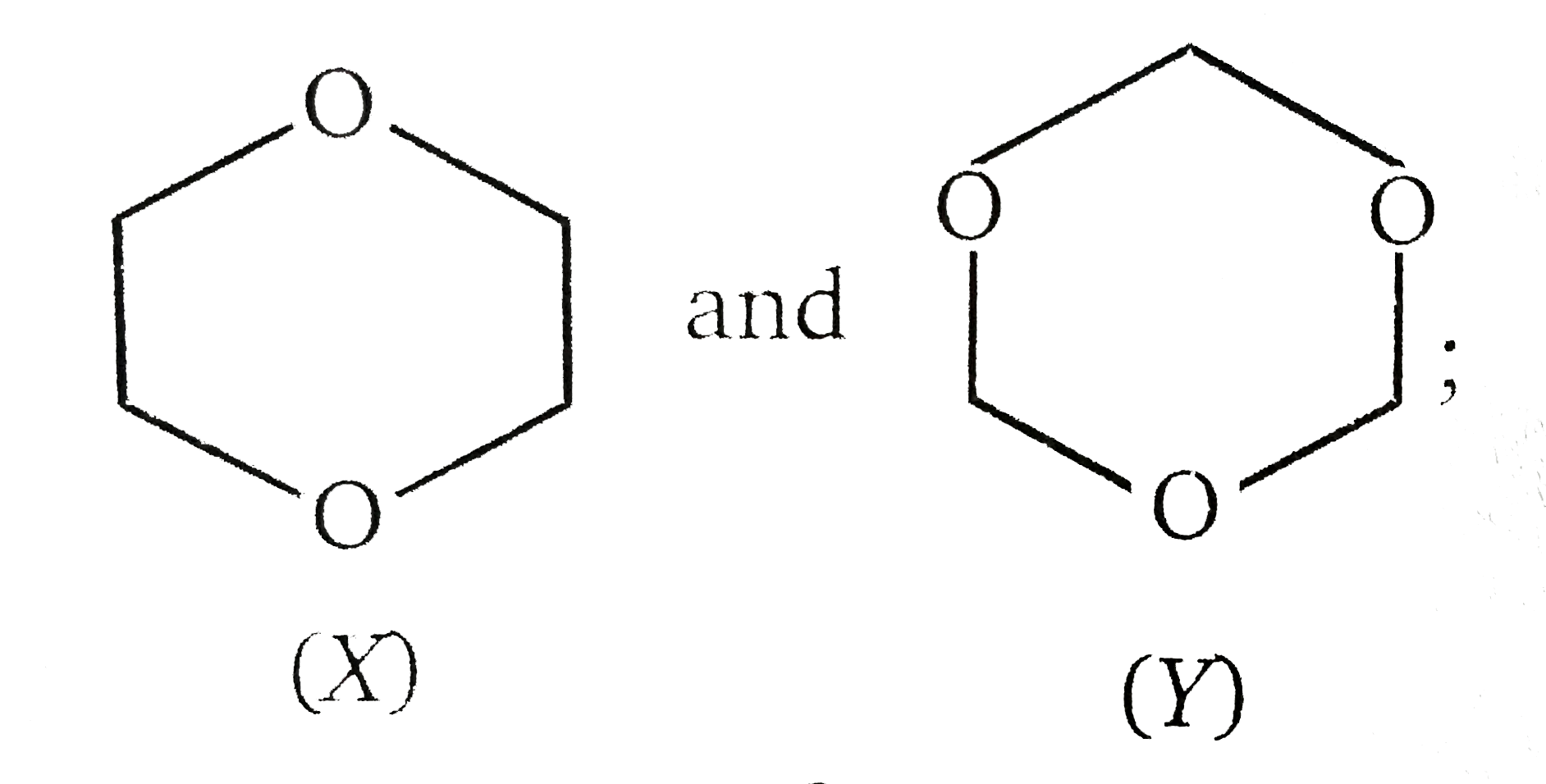 , Compounds (X) and (Y) can be differentiated by :View Solution
, Compounds (X) and (Y) can be differentiated by :View SolutionAt higher temperature sodium metal reacts with alumina to give a sodium compound 'X'.'X' is dissolved in water and then carbon dioxide gas is passed through it, a compound 'Y' is formed. The compound 'X' and 'Y' are respectively
View SolutionCompound(s) which will liberate carbon dioxide with sodium bicarbonate solution is/are:
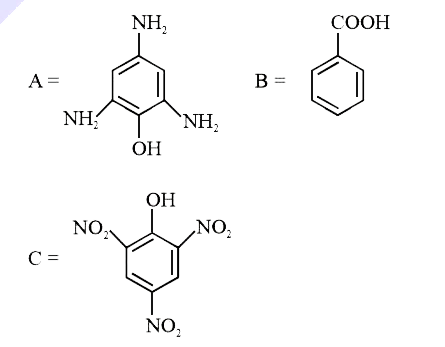 View Solution
View SolutionThe compuond that does no liberate CO2 on treatment with aqueous sodium bicarbonate solution is :
View SolutionA compound X produces methane when treated with water. X can be
View Solution



